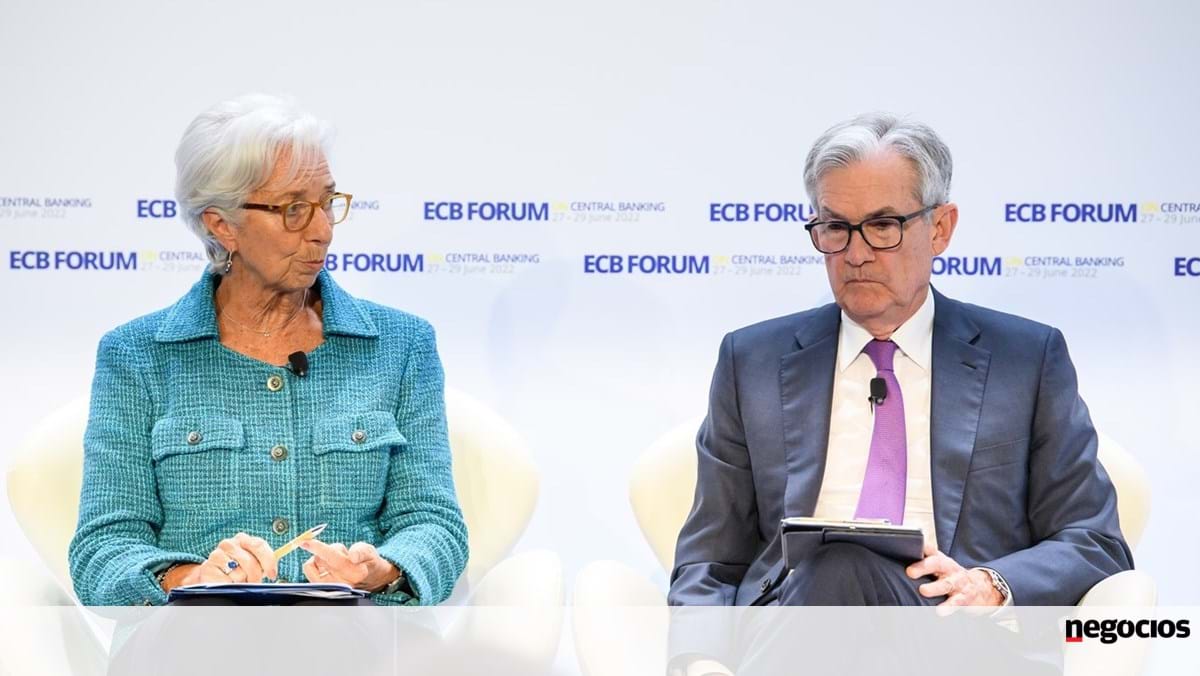#Immunogenetic #diversity #lacking #forms #immunotherapy
Diversity HLA
There is a great diversity of HLA proteins. There are more than 25,000 different HLA variants and within a family there is only a 25 percent chance that a brother or sister will be HLA identical. The further apart you are, the greater the chance that there will be differences in HLA molecules. The differences become even greater when you compare population groups. But there are also variants that are widely represented within a population group. For example, ‘HLA-A*02:01’ (HLA-A2) is mainly found in Europe and America, and there are other variants that are widely represented in Africa, Asia or Australia.
Gut feeling
“There has been a realization within the research world for some time that there is a bias towards HLA-A2 in the development of HLA immunotherapy,” says Dr. Scheeren. “Our literature review substantiates this.”
HLA-A2 only occurs in people of European and North American descent. And even within these populations, only 1 in 2 people have this variant. “This means that the vast majority of HLA immunotherapies will only work in a small subset of the world population. For example, Tebentafusp, an immunotherapy for uveal melanoma, can only be given to half of our patients.”
Bias, a necessary evil?
The majority of immunotherapy research takes place in Europe and America. Many test subjects are needed to demonstrate the effect of a new therapy. “It is therefore not surprising that research is mainly conducted on the most common variant, namely HLA-A2. One option is to design the research in such a way that multiple HLA variants are included. But then there must be sufficient subjects per type HLA can participate in the study. And that is not self-evident. Another approach is to use the research into HLA-A2 as a blueprint so that clinical research with another variant can be completed more quickly. Another option is to use less frequent HLA-A2. variants to have the same status as a rare disease. This way, the effectiveness of the therapy can be demonstrated via a shorter route. For rare diseases, extensive clinical studies are not necessary, simply because there are not enough patients,” says Scheeren .
First step: awareness
“The first step towards more immunogenetic diversity is awareness, followed by anchoring in research. That requires money. “I would think it would be a great development if genetic diversity became an important factor in the allocation of research subsidies. In addition, I would like to invite you to examine the legislation and regulations regarding clinical research so that we create the opportunity to safeguard diversity, including for HLA variants that are rarely encountered. My personal mission? I want to prevent us from realizing in ten years’ time that we have only developed therapies for people of European or North American descent.”
Would you like to know more about this research? Then read the publications Scientific Reports in Cancer Discovery.
*This study was realized through a collaboration between the LUMC departments of Dermatology, Pathology, Hematology, Cell and Chemical Biology, and the Center for Future Affordable Sustainable Therapy development (FAST).











